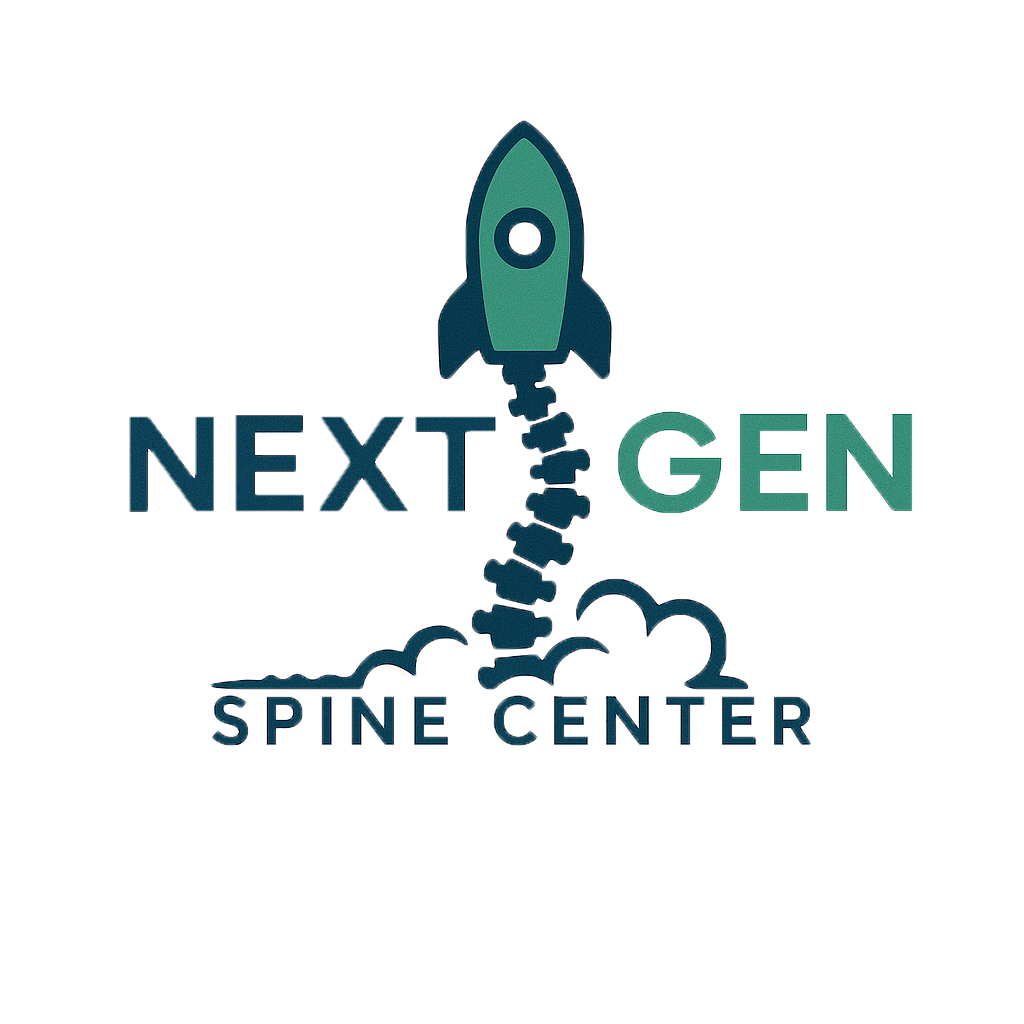Minimally Invasive Hardware Removal Surgery for Back or Neck Pain
Overview
Minimally invasive hardware removal surgery is a procedure to extract previously implanted spinal hardware, such as screws, rods, or plates. This may be necessary when hardware causes pain, irritation, infection, or is no longer needed. Using advanced minimally invasive techniques, surgeons can remove hardware through small incisions with less disruption to muscles and tissues.
Advantages of Nextgen Spine Care’s Minimally Invasive Spine Surgery
- Smaller incisions and minimal muscle disruption.
- Less postoperative pain and scarring.
- Faster recovery and return to daily activities.
- Outpatient procedure/ Same-day discharge.
- Performed under Conscious IV Sadation, general anesthesia not required
- Reduced risk of infection and complications compared to open surgery.
- -Preservation of surrounding spinal structures.
Explanation of the Procedure
- During a minimally invasive hardware removal surgery:
- Small incisions are made over the hardware site.
- A tubular retractor gently separates muscles and soft tissues.
- Fluoroscopic imaging guides precise identification of the hardware.
- Specialized tools remove screws, rods, plates, or cages.
- Decompression of nerves is performed as needed
- The incisions are closed with a few sutures.
- Patients can return home the same day or after a short observation period.
Common Symptoms That Can Be Relieved
- Lower back or neck pain.
- Radiating leg or arm pain (sciatica or cervical radiculopathy).
- Localized back or neck pain at the hardware site
- Hardware prominence under the skin causing discomfort.
- Difficulty standing or walking due to nerve compression.
- Irritation of muscles or nerves by the implants.
- Pain when changing positions or moving.
- Inflammation or infection around the implants.
Conditions That Could Cause These Issues
- Spinal fusion with hardware that failed to resolve pain
- Hardware failure or loosening leading to nerve compression
- Implant-related pain or irritation.
- Spinal fusion causing adjacent segment disease
